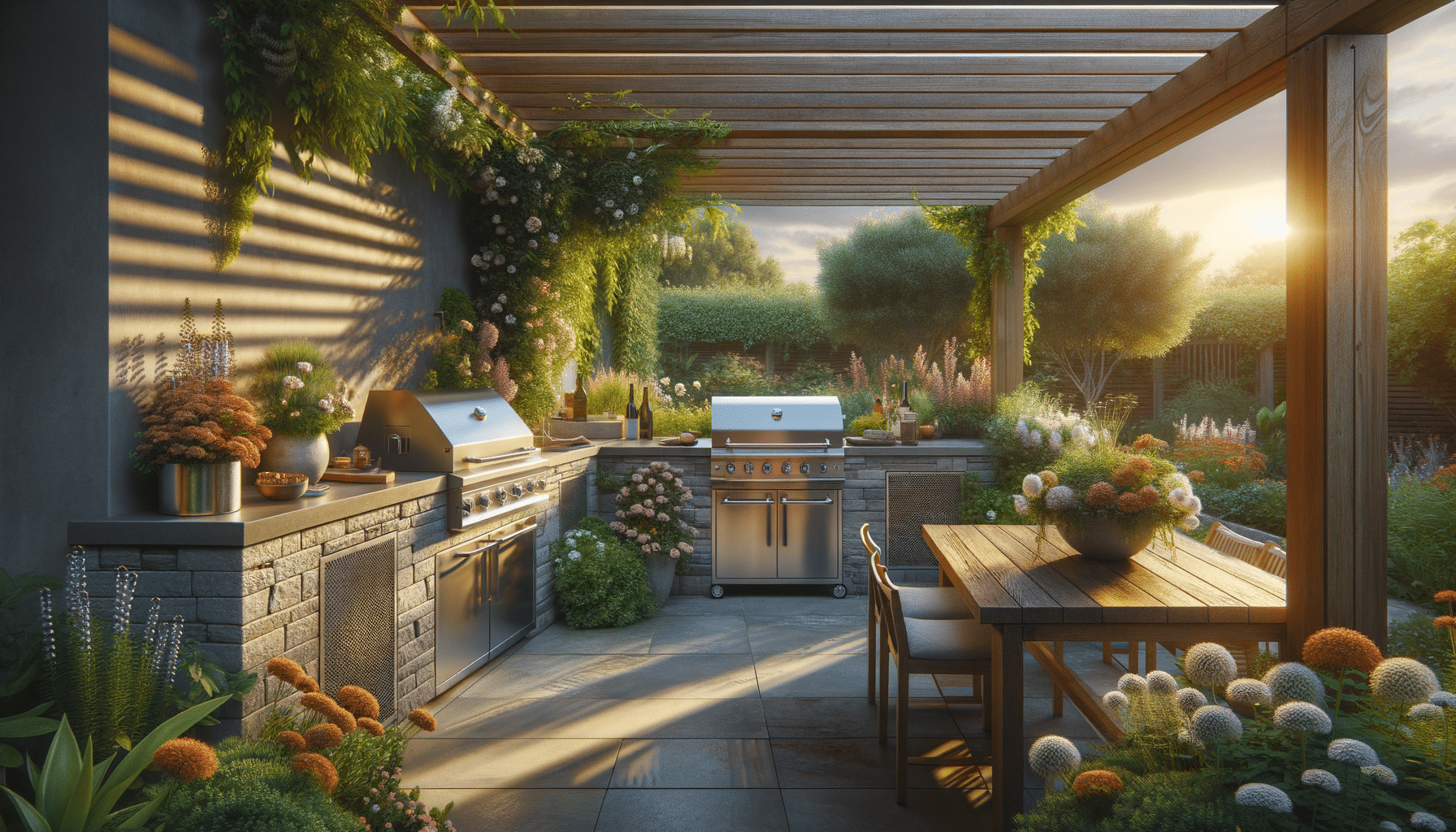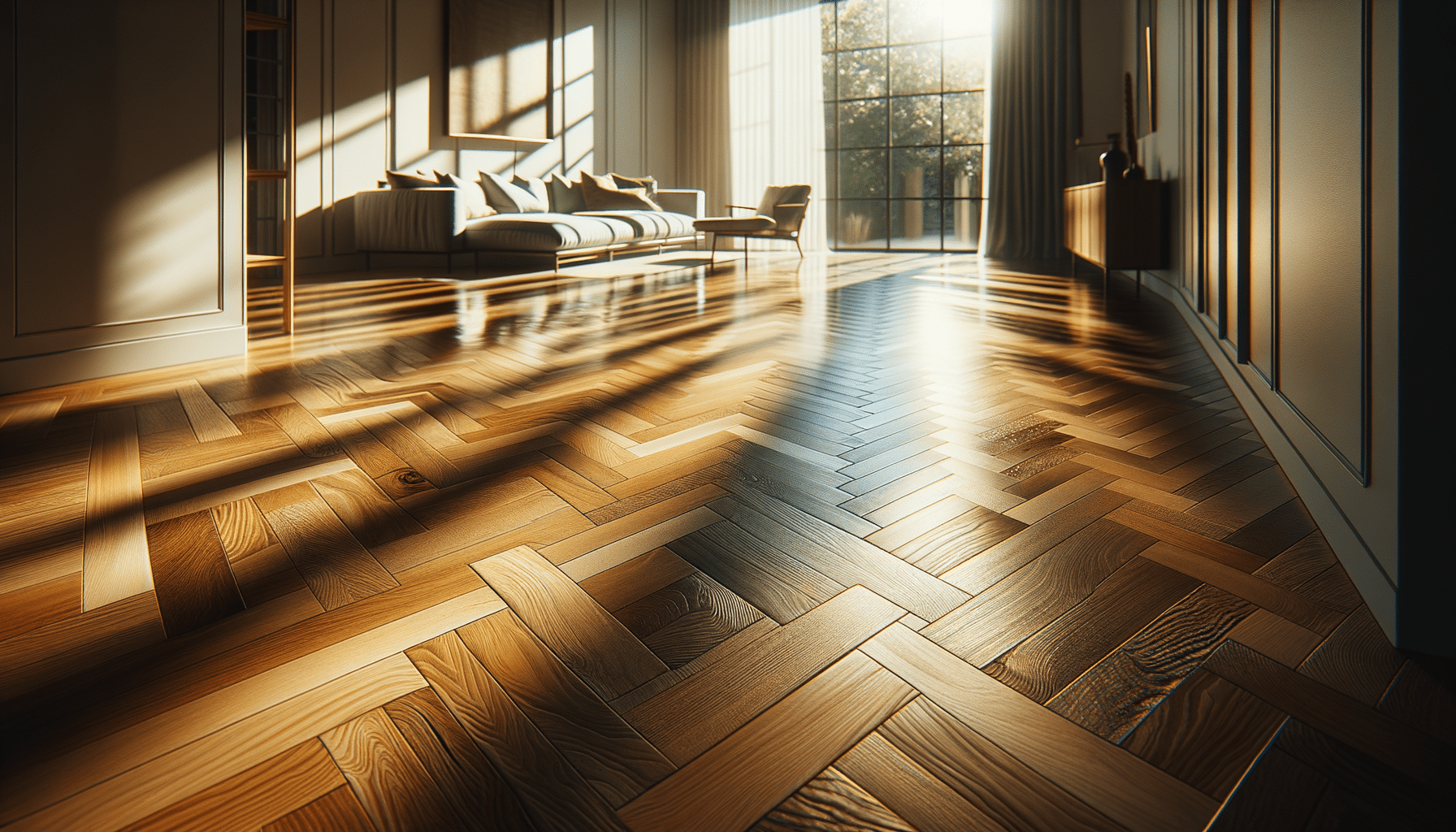
Outdoor Kitchen Design
Introduction to Outdoor Kitchen Design
Outdoor kitchen design has become an increasingly popular trend among homeowners looking to expand their living spaces and enjoy the beauty of the outdoors. As more people seek to enhance their outdoor living areas, the importance of a well-designed outdoor kitchen cannot be overstated. This article delves into the essential elements of outdoor kitchen design, offering insights into creating a functional and aesthetically pleasing space that caters to your culinary and entertainment needs.
Planning Your Outdoor Kitchen
Before embarking on the journey of creating an outdoor kitchen, careful planning is crucial. Start by assessing your available space and determining the layout that best suits your needs. Consider factors such as the proximity to your indoor kitchen, the flow of traffic, and views you wish to capture. A well-thought-out layout will ensure that your outdoor kitchen is both functional and inviting.
When planning, think about the essential components of an outdoor kitchen which typically include a grill, a sink, storage, and food preparation areas. Some may also opt for additional features such as refrigerators, pizza ovens, or even outdoor bars. The key is to balance your desires with practical considerations, ensuring the space is not overcrowded and remains user-friendly.
Moreover, consider the climate and weather conditions typical to your area. This will influence your choice of materials and appliances. For instance, stainless steel is a popular choice for outdoor kitchens due to its durability and resistance to rust. Stone and concrete are also excellent options for countertops and flooring, providing both style and resilience.
Choosing the Right Appliances
The heart of any outdoor kitchen is its appliances. Selecting the right appliances is crucial to ensure your outdoor kitchen meets your culinary aspirations. Start with the grill, as it is often the centerpiece of an outdoor kitchen. Consider the size, fuel type (charcoal, gas, or electric), and additional features such as side burners or rotisseries.
Beyond the grill, think about incorporating a variety of cooking appliances to diversify your outdoor cooking experience. Options might include a smoker for slow-cooked dishes, a pizza oven for those who love homemade pizzas, or a cooktop for preparing side dishes. Each appliance adds a layer of versatility, allowing you to craft a wide array of meals.
Additionally, don’t overlook the importance of refrigeration. An outdoor-rated refrigerator or a beverage cooler can keep your ingredients fresh and drinks chilled, enhancing the convenience of your outdoor kitchen. Ensure all appliances are designed for outdoor use to withstand the elements and provide lasting performance.
Designing for Comfort and Ambiance
An outdoor kitchen should be more than just a place to cook; it should be a space for relaxation and enjoyment. When designing your outdoor kitchen, consider the comfort and ambiance of the area. Start with seating arrangements that accommodate your family and guests. Whether through bar stools, dining tables, or lounge chairs, ensure ample seating that encourages conversation and relaxation.
Lighting is another critical aspect of outdoor kitchen design. Proper lighting enhances the ambiance and ensures safety during nighttime use. Consider installing task lighting around cooking areas and ambient lighting to create a warm and inviting atmosphere. Options such as string lights, lanterns, or built-in fixtures can add charm and functionality.
Incorporating elements of nature can also enhance the overall experience. Consider adding planters, vertical gardens, or a pergola for shade and greenery. These elements not only beautify the space but also help integrate the kitchen seamlessly into your outdoor environment.
Maintaining Your Outdoor Kitchen
Once your outdoor kitchen is complete, regular maintenance is essential to keep it in top condition. Start by establishing a cleaning routine for your cooking appliances. Regularly clean grills, cooktops, and other appliances to prevent buildup and ensure optimal performance. Use appropriate cleaning solutions designed for the specific materials and finishes.
Inspect and maintain outdoor furniture and surfaces to prevent weather-related damage. Covering furniture when not in use or during harsh weather can prolong its lifespan. Additionally, check for any wear and tear in countertops, flooring, and plumbing to address issues before they become significant problems.
Finally, consider investing in durable covers for your appliances and furniture to protect them from the elements. Proper maintenance not only extends the life of your outdoor kitchen but also ensures it remains a pleasant and functional space for years to come.


